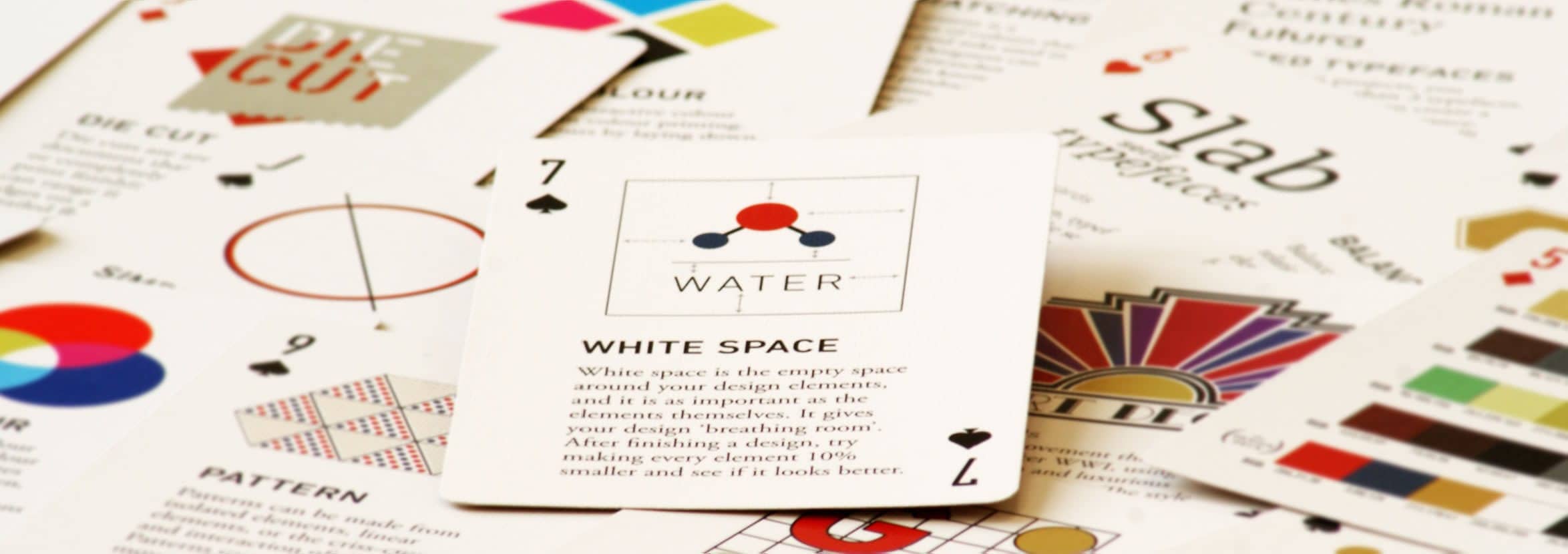I write a weekly column in the print edition of the Lancaster Guardian. Last week I focused on the cognitive bias known as anchoring:
We all like to think we are good at making rational and informed decisions, but in truth we are susceptible to being influenced in ways we may not notice.
One of the most interesting of these cognitive biases is known as anchoring. Put simply, this is when we place undue importance on the first piece of information we receive when making a decision.
Canny used car salespeople use anchoring all the time. When looking at a vehicle you might first be told about its impressively low mileage, and without realising, this can become the way in which you find yourself evaluating the car’s worth, even when other factors are more important.
Restaurant menus often use anchoring to make us feel comfortable about spending more money than we planned. Very expensive bottles are often included on wine lists because they anchor our expectations upwards in terms of what we think we ought to be paying. It can make the cost of wine we actually order seem like good value by comparison.
In a fascinating experiment researchers in America placed a sign in a supermarket soup aisle that said: “Limit 12 per customer.” They found that customers bought an average of seven cans each, far more than the average of just three cans without the sign. Why were people suddenly buying so much soup? Because customers’ had anchored to a higher number and adjusted their behaviour accordingly.
The University of Warwick did a study a few years ago that showed just how powerful anchoring can be. They looked at the way credit card customers are influenced by the minimum monthly payment figure displayed on their statements. When the minimum monthly payment is lower, the amount people pay is lower too. The minimum becomes the anchor, and that leads to much higher interest payments for the customer over time.
The place where anchoring is probably most effective is in retail. A price tag with a high amount crossed out, and a sale price displayed in its place, makes it hard to think about the new price in isolation, and whether the item is really a bargain or not.










